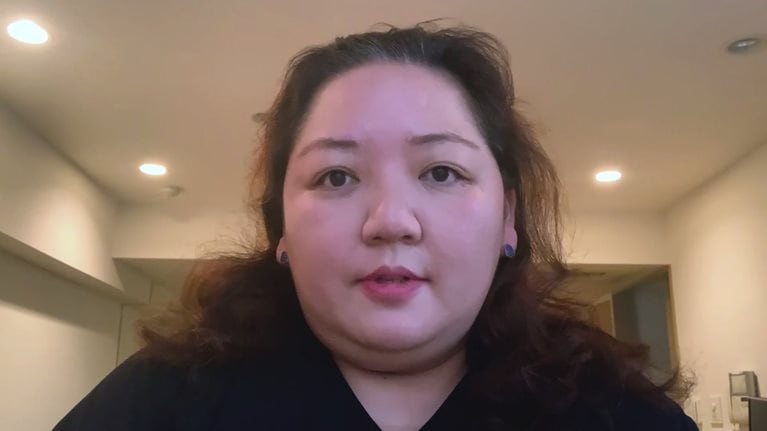What are the top three most disruptive powerful forces shaping the Asia consumer in the next 10 years?
I think there are three of them that are actually quite generic for the world, and not just for Asia. So the first really disruptive trend is digital analytics. I think the consumer is faced with industries that are being disrupted, by opportunities that come with digital analytics, which means that they can all of a sudden, at any moment in time, anywhere purchase anything that they would like with the delivery that comes with it. And so I think the sheer abundance of choice that consumers have and the way they will interact with companies will completely change. And it will be interesting to see how, in that context, people will shift their shopping behavior and their consumption behavior.
The second trend I see hitting the consumer is the blurring of everything. So you see very new, non-traditional players coming into the world. And I work a lot in consumer and retail. It used to be you went to the grocery store or the kirana or the little shop on the corner of the street, and now all of a sudden you have Go-Jek, you have Uber Eats. You have, depending on the country, all sorts of different players where you actually can get food from without actually having to go to the store. So there’s a whole lot of thinking about food service. Nice to have a separate channel, but it’s actually no longer a separate channel. I think there is a whole blurring of behavior that, if you are in consumer you don’t actually want to go shopping anymore. You want to be entertained, you want to be inspired, and you will get all of that from all sorts of new players that will shift social behavior.
The third trend that I see is around health and environmental pollution and anything that comes with that. I think Asia is very rapidly facing, and is already facing and is working on it, a lot of environmental issues that are coming together. And I’m a runner. You cannot just that easily run in some of the cities because typically our air pollution is either on yellow or on red. So air pollution is a big issue. The amount of plastic bags that are still hanging around, and the plastic waste that is going with it, I think it’s unsustainable in the long-term. And also the consciousness of consumers and people and environmental activists around it will increase in Asia. I think the third point is around obesity, and I think there’s even the underlying trends of course. That people get more money, which is fantastic, and people rise up in the world and and get more purchasing power, But there’s actually very unhealthy consumption behavior ongoing as well. And if you combine that, I think the costs of healthcare are unsustainable and you know, obesity is on the rise everywhere. I think there’s this whole need for Asian consumers to also think about, “How do I live healthily in the future?”
Would you like to learn more about the Future of Asia?
How should CEOs be responding to these forces as they think about their business strategies for the next decade?
Again, right, I work in the consumer world. So I think number one is that you no longer compete with your traditional competitors, you actually compete with complete ecosystems. So number one is what is your really distinctive value proposition that I bring to the consumer? And what is it that’s going to make me win both from the Alibabas and the Hemas, but also from the Go-Jeks and whatever new players there will be? I think there’s a real thinking through of what kind and of what part of that ecosystem, and what need of the consumer am I going to fulfill? And how I’m going to win in that.
If you know that, you’re not there yet, because then there’s the second thing you need to think through: What partners do I need to fulfill that proposition? Because in this world, it’s an illusion to think you can do everything yourself because we just spoke about how consumers want everything, anywhere, 24/7. You just can’t fulfill that need on your own. So I think there’s the second part, where do you partner, and with whom, and how?
And I think then the third point that you need to think about as a CEO is the shifting trends in all of this disruption. What do I do with my talent? What does the future of work look like? What’s the future of talent? How do I upscale, rescale my talent force? What do I automate? How do I think, in this new competitive context, of where I’m shaping ecosystems and building a distinctive proposition? How do I build my talent group? And finally, I think you can say, “You should have started with that.” But amidst all these disruptive forces, CEOs must also ask: How do I keep disrupting myself? How do I make sure that I embrace tech and analytics where I can? And actually work better and smarter, and avoid getting disrupted out of my business?
